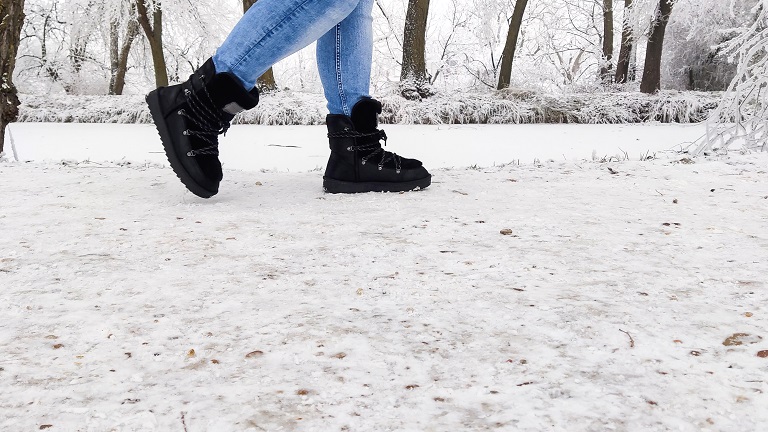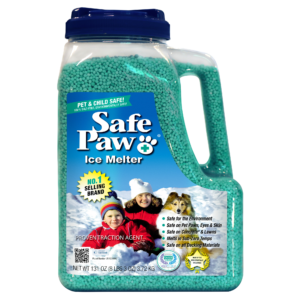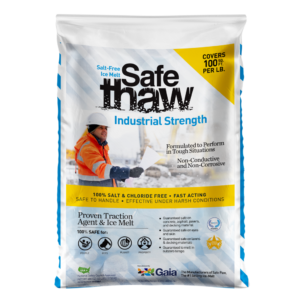How To Know If Ice Is Safe To Walk On?

Every winter gives a chance to walk on the frozen lakes, rivers, and ponds. Walking or skating on ice is definitely fun but, it is risky as well. Keep reading this post to know how much ice is safe to walk on and the precautions you can take to avoid any unfortunate accidents.
Without adequate precautions are not taken, any adventurous activity can quickly be turned into an unfortunate disaster. Falling through the ice into the freezing water can be lethal, so it’s critical to know walking on ice safety tips. You should follow these tips to enjoy your icy walk this winter without any worries.
The strength of the ice layer is dependent on certain factors like the water level in the layer, air temperature, ice layer thickness, and ice color.
Factors That May Determine Ice Strength
1. Appearance And Color
Blue color ice is the strongest and safest to walk on. The blue color ice layer has the highest density.
The snowy ice surface is formed from wet snow freezing on the ice layer surface, and it is almost 50% in strength as compared to the blue color ice.
Grey ice is unsafe and indicates the presence of large amounts of water in the ice layer. It can’t hold the load and it is better to stay away from that.
2. Thickness
For safe walking on the ice layer, you need at least 4 inches of ice layer thickness. If you want to drive a snowmobile, you require at least 5-7 inches of ice layer thickness.
3. Fresh Or Old Ice:
Fresh ice has better strength than older ice layers. With time the bond strength between the ice particles decreases, and therefore it becomes weaker.
Safety Equipment
If you’re not sure about the ice condition and its thickness then always carry the safety equipment with you. You should get a floating jacket, a waterproof mobile phone, emergency portable light, tape for measurement ice thickness, ice removal equipment, effective tractions agents like Walk on Ice to assist you in walking on slick zones.
Walk on Ice is 100% natural and contains two different granules – absorbers and grippers. As the name suggests, absorbers granules absorb the excess layer of water on the surface of the ice. This excess water is the primary cause of slipperiness on ice. Gripper granules with their spiky structure get stuck into the ice surface and provide a sandpaper-like effect resulting in increased traction for walking.
Conclusion
In this article, we have discussed the factors that determine how much ice is safe to walk on. However, it is not 100% safe to walk on ice, and unfortunate accidents may occur. You should know the techniques to get yourself out of the water if the ice layer breaks. Also, always carry the safety equipment along with you.
Get ready for winter with Walk On Ice instant traction on snow and ice
Other Ice Melt Products
Safe Paw
The Original and the #1 Pet and Child Safe Ice Melt for over 20 years. Guaranteed environmentally safe – will not harm waterways and sensitive wetlands. Safe Paw can change how winter affects our planet.

Safe Thaw
Imagine an ice melt you can put down and never worry about. It won’t harm pets, kids and your property. That’s Safe Thaw. Unlike anything else on the market, Safe Thaw can change how winter affects our planet.



